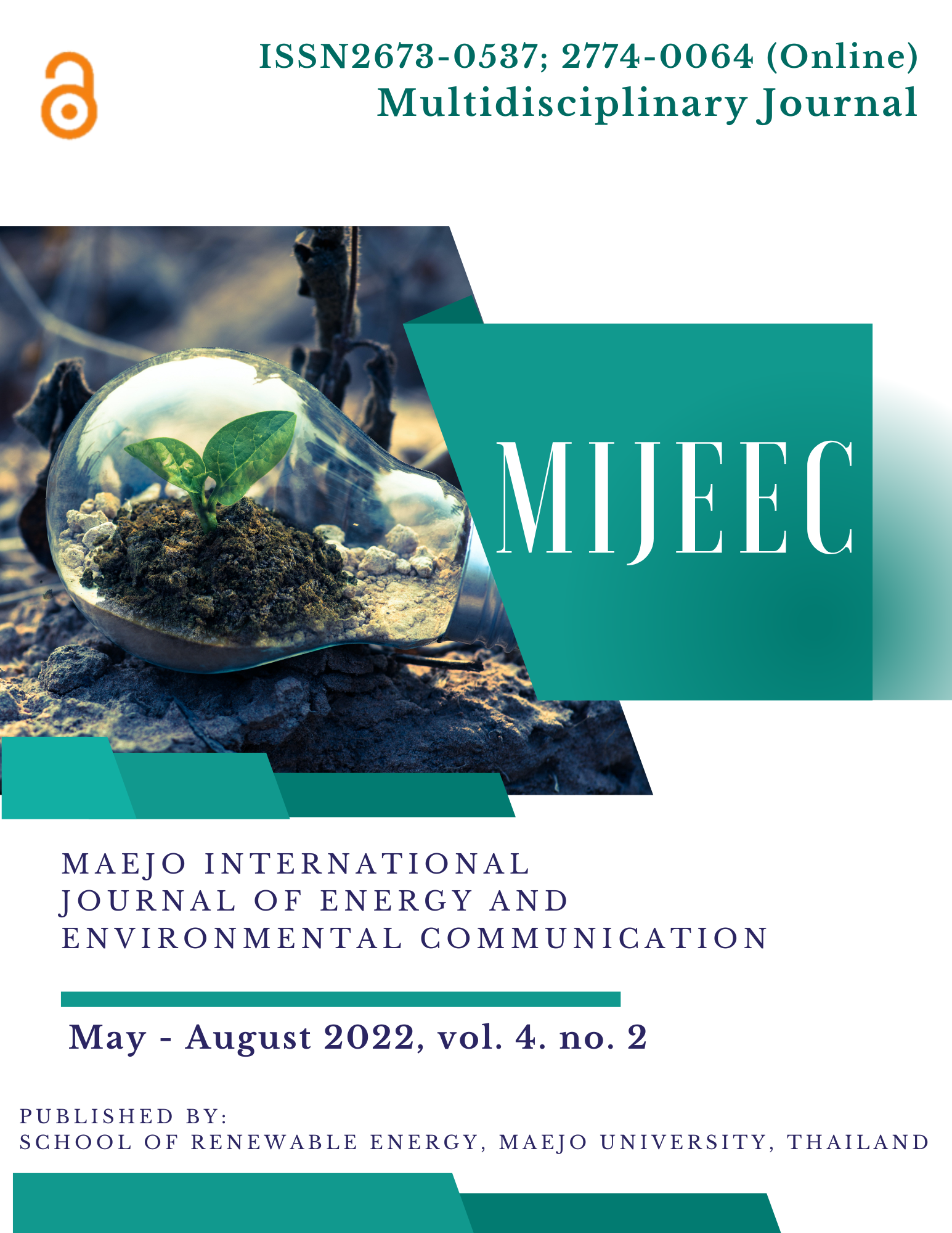Pretreatment of barley straw with acid and alkaline solutions to boost the efficiency of fermentable yield enzymatic degradation in the separated fermentation technique for ethanol production
Main Article Content
Abstract
Barley straw is a lignocellulose agricultural waste material that can be utilized as a raw material for ethanol production since it is easy to find, cheap, and has the potential to produce ethanol yield. This research aims to select the optimum pretreatment conditions to increase fermentable sugar production during enzymatic hydrolysis for bioethanol production. Initially, sulfuric acid at a concentration of 0.5, 1.0, 1.5, and 2.0% (v/v) pre-treated barley straw biomass was applied by autoclaving at 121℃ for 15 lb/in2 pressure for 15 min. Furthermore, acid-treated barley straw under the alkaline condition with calcium hydroxide concentrations of 1, 2, 3, and 4% (w/v) was autoclaved at 121℃ for 15 lb/in2 pressure for 15 min. Subsequently, the pretreatment of barley straw in the acetic and alkaline processes was compared. It was found that calcium hydroxide at a concentration of 2% (w/v) gave more sugar concentrations. Finally, combined acid and alkaline pretreatment with 2% of cellulase enzymatic hydrolysis had the highest total sugar concentration of 205.43 g/L and reducing sugar of 134.42 g/L, producing the highest ethanol yield (16.17 g/L) by 24 hours of fermentation.
Article Details

This work is licensed under a Creative Commons Attribution 4.0 International License.
Copyright © 2019 MIJEEC - Maejo International Journal of Energy and Environmental Communication, All rights reserved. This is an open-access article distributed under the terms of the Creative Commons Attribution-NonCommercial- Attribution 4.0 International (CC BY 4.0) License






